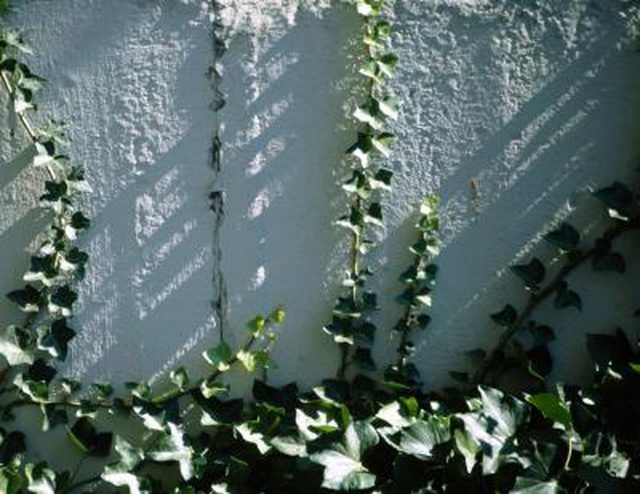Bulbs
Flower Basics
Flower Beds & Specialty Gardens
Flower Garden
Garden Furniture
Garden Gnomes
Garden Seeds
Garden Sheds
Garden Statues
Garden Tools & Supplies
Gardening Basics
Green & Organic
Groundcovers & Vines
Growing Annuals
Growing Basil
Growing Beans
Growing Berries
Growing Blueberries
Growing Cactus
Growing Corn
Growing Cotton
Growing Edibles
Growing Flowers
Growing Garlic
Growing Grapes
Growing Grass
Growing Herbs
Growing Jasmine
Growing Mint
Growing Mushrooms
Orchids
Growing Peanuts
Growing Perennials
Growing Plants
Growing Rosemary
Growing Roses
Growing Strawberries
Growing Sunflowers
Growing Thyme
Growing Tomatoes
Growing Tulips
Growing Vegetables
Herb Basics
Herb Garden
Indoor Growing
Landscaping Basics
Landscaping Patios
Landscaping Plants
Landscaping Shrubs
Landscaping Trees
Landscaping Walks & Pathways
Lawn Basics
Lawn Maintenance
Lawn Mowers
Lawn Ornaments
Lawn Planting
Lawn Tools
Outdoor Growing
Overall Landscape Planning
Pests, Weeds & Problems
Plant Basics
Rock Garden
Rose Garden
Shrubs
Soil
Specialty Gardens
Trees
Vegetable Garden
Yard Maintenance
How to Kill Ivy in Your Flower Beds
How to Kill Ivy in Your Flower Beds. The ease and care of ivy, and its ability to fill spaces and climb up walls and fences makes it a desirable plant among many gardeners. Whether it is English ivy (Hedra helix), hardy in U.S. Department of Agriculture plant hardiness zones 5 through 11, ground ivy (Glechoma hederacea), hardy in USDA plant...

The ease and care of ivy, and its ability to fill spaces and climb up walls and fences makes it a desirable plant among many gardeners. Whether it is English ivy (Hedra helix), hardy in U.S. Department of Agriculture plant hardiness zones 5 through 11, ground ivy (Glechoma hederacea), hardy in USDA plant hardiness zones 4 through 9, or another type, if left uncontrolled ivy can invade areas where it is not wanted, such as flower beds. To kill the ivy creeping into your flower bed, select the eradication method that best fits your situation.
Things You'll Need
Garden hose
Spade
Mattock
Weed trimmer or pruning shears
Herbicide
Paint brush
Gloves
Protective clothing
Cardboard
Moisten the flower bed with 1 inch of water. Pull and dig up the ivy the next day, ensuring that you remove and discard all the plant parts. Any ivy pieces left behind can take root and grow again. Loosen the soil using a mattock, if desired, but remove all the chopped roots. If the ivy returns, persistently dig or pull it out so it does not come back in full vigor.
Trim the ivy 2 or 3 inches above the ground with a weed trimmer or pair of pruning shears in fall. Paint the cut stems immediately with an herbicide that contains 41 percent glyphosate, or a brush killer that contains triclopyr, using a paint brush. If new growth occurs, wait until it is at least 6 inches long, then spray the foliage until it is moist with a ready-to-use (RTU) glyphosate product.
Spray a ready-to-use herbicide that contains 2,4-D and MCPP or glyphosate to moisten the foliage in spring when the vine is growing actively, or when it is in bloom, depending on the plant. Reapply the product in fall in a similar manner, and again the following spring, if necessary. You can also use a natural product that contains pelargonic acid or vinegar in the same manner if desired, but it likely will need more reapplications for the ivy to be eradicated from the flower bed.
Tips & Warnings
Wear gloves and protective clothing when working with herbicides, and apply on a dry, calm day. Protect the flowers in your garden by using large pieces of cardboard to block any overdraft when spraying, especially when using glyphosate.
Avoid products with dicamba if shrubs and trees grow near the flower bed.